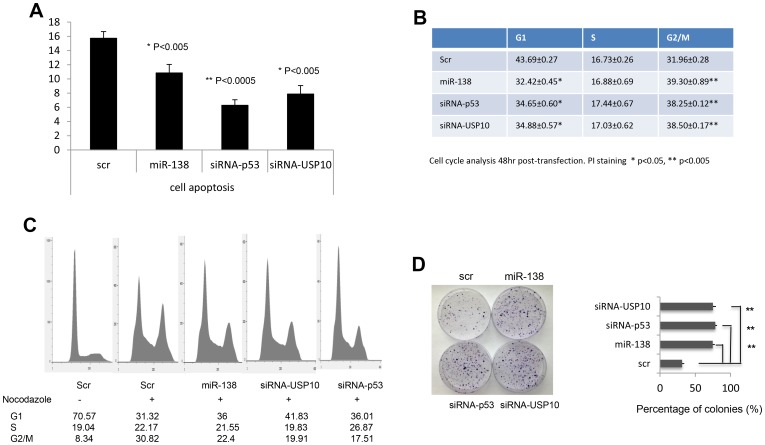Figure 2. Effects of miR-138 on TP53 function.
(A) HCT116 cells were fixed and stained with Annexin V and analyzed on FACSCalibur to determine the cell apoptosis status. (B) HCT116 cells were starved, fixed and stained with PI and analyzed on FACSCalibur to determine the cell cycle arrest. Scr, scramble control; miR-138, cells transfected with miR-138 precursor; siRNA-TP53, cells transfected a siRNA against TP53; siRNA-USP10, a siRNA targeting USP10 was introduced into cells. (C) Cell cycle arrest assay. Cells were grown in 24-well plates then treated with scramble or mir-138 or siRNAs against USP10 or p53 24 hrs later. Another 24 hrs later, cells were treated with nocodazole overnight then harvest for cell cycle analysis. (D) Colony formation assay. HCT116 cells transfected with scramble or miR138 or siRNAs against p53 or USP10 were seeded at low density and grown for one week. Colonies were visualized by crystal violet staining. * P < 0.05, ** P < 0.005.

